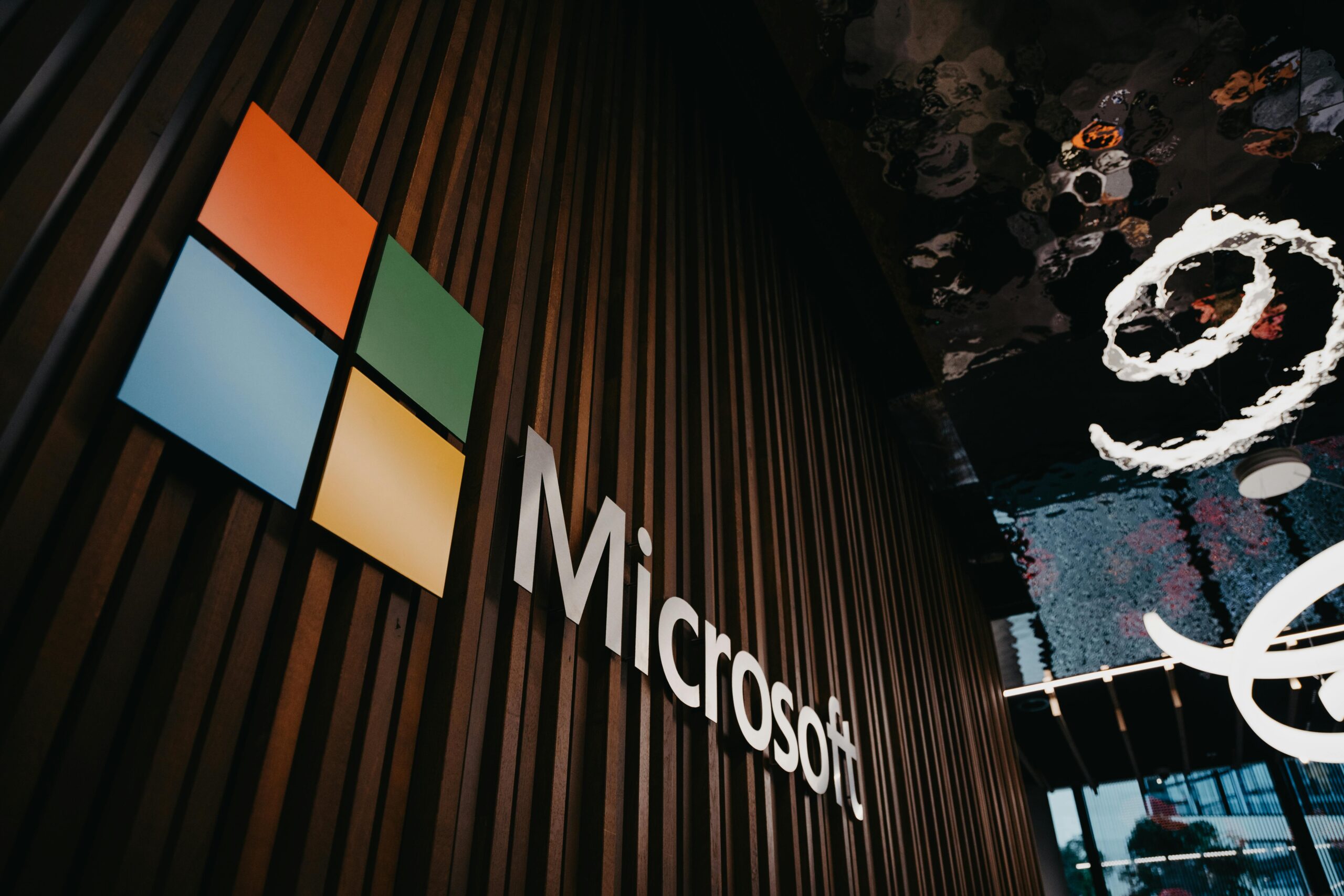
Most recently, Microsoft joined the announced adoption of Google’s Agent2Agent (A2A) standard. This shrewd play will strengthen the company’s artificial intelligence prowess across all of its platforms. This integration will allow AI agents to operate seamlessly within the flow of work, facilitating collaboration across multiple models, domains, and ecosystems. The announcement was described in a fascinating recent blog post by the tech startup.
Together, these commitments will markedly strengthen Microsoft’s Azure AI Foundry and Copilot Studio. By incorporating A2A support, Microsoft aims to streamline the connection between AI systems and the data they require, thereby improving functionality and user experience.
The Addition of MCP to Copilot Studio
Aside from the A2A support, Microsoft brought the MCP (Multimodal Communication Protocol) as part of Copilot Studio. Anthropic’s MCP takes this a step further, allowing AI to integrate with the systems that data already exists in. Together, this dual approach boosts Microsoft’s multiplying investment and efforts to bring advanced AI capabilities into its overall product suite.
Microsoft’s blog post emphasized the importance of these developments, stating, “By supporting A2A and building on our open orchestration platform, we’re laying the foundation for the next generation of software — collaborative, observable, and adaptive by design.”
The company imagines a world in which AI agents aren’t limited to standalone apps or cloud instances. Rather, they’ll merge seamlessly and intuitively between devices, enabling people to get the most done in the least time with the greatest ease.
“The best agents won’t live in one app or cloud. They’ll operate in the flow of work, spanning models, domains, and ecosystems,” Microsoft explained in its announcement.
Author’s Opinion
Microsoft’s integration of Google’s Agent2Agent (A2A) standard and the Multimodal Communication Protocol (MCP) demonstrates a bold step forward in AI collaboration. By making AI agents more seamless and adaptive across platforms and devices, Microsoft is setting itself up to lead the next wave of AI advancements. However, the real challenge will be maintaining a smooth user experience as AI becomes more integrated into every part of our workflows, ensuring these developments live up to their potential without overwhelming users.
Featured image credit: Vitya_maly via GoodFon
For more stories like it, click the +Follow button at the top of this page to follow us.
